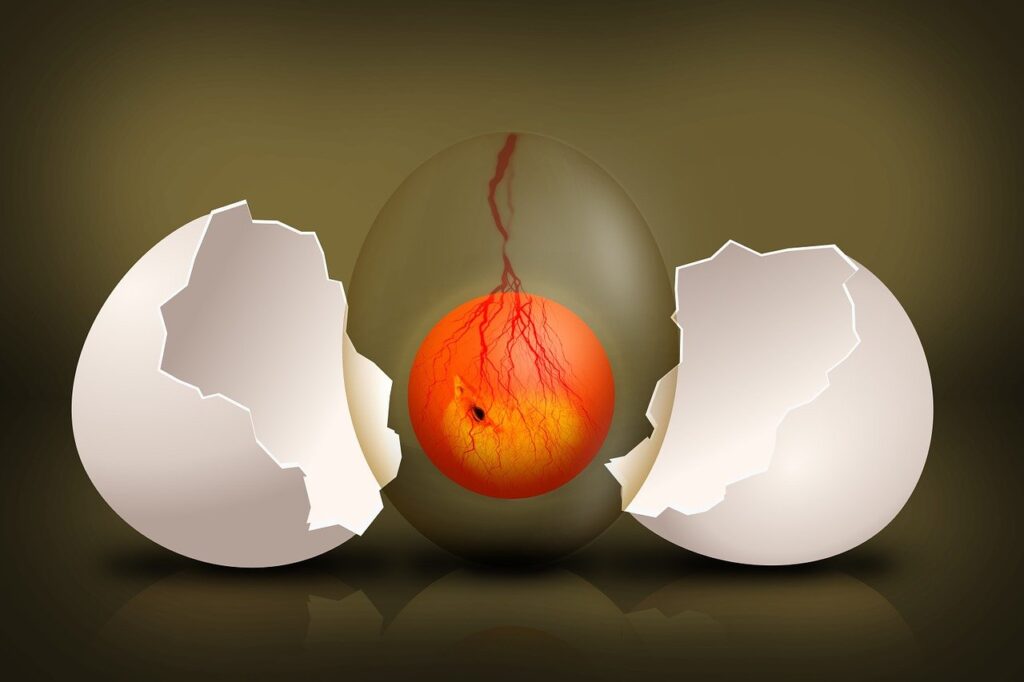Here is the question: Sleeping Beauty has agreed to be part of an experiment. On Sunday night, she will be put to sleep, and then a fair coin will be flipped. If the coin comes up heads, she will be awakened on Monday and put back to sleep. If the coin comes up tail, she will be awakened on Monday and put back to sleep. She will again be awakened on Tuesday and put back to sleep. Once asleep, she won’t have any memory that she was ever awakened. The experiment ends on Wednesday, and she can go home.
When she wakes up during the experiment, a question is asked: what is the probability that the coin came up heads? So what is her answer? Note that she has complete knowledge (of the rules) of the experiment.
The halfer position
Since she knows the coin is fair, we can always say the probability of heads is (1/2) by disregarding the prospect of having asked this question under three possible scenarios. It is an unconditional probability.
The thirder position
In the absence of any information on the day she woke up, she could imagine three possibilities with equal chances – Monday heads, Monday tails and Tuesday tails. Out of these, one corresponds to heads. So the probability is (1/3).
So there are two possible answers to one question. Well, that is not true. The two questions are different. Asking for the probability of heads can give 1/2 as the answer. The second question was about the probability, given she is awake. To put it differently, what is the chance she is awake because the coin landed heads?
Watch veritasium’s video on this topic.

